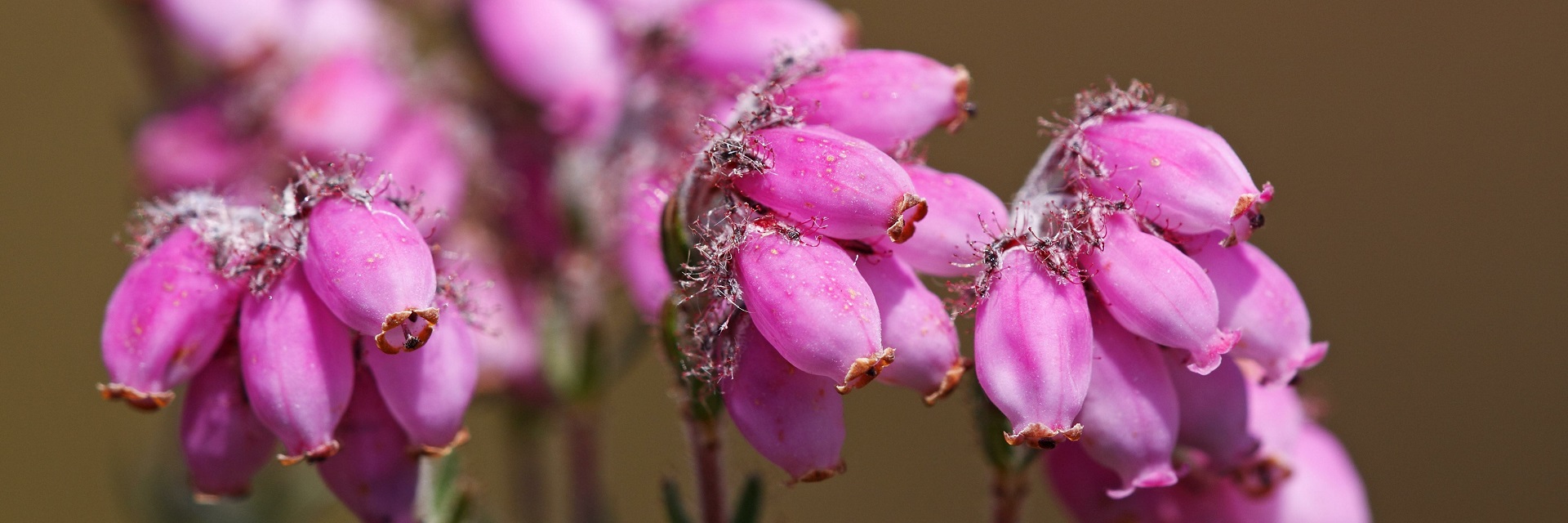Good heathland management for this species will benefit a wide range of other species which are associated with wet heath including many species of insect, heathland birds such as nightjar, reptiles and amphibians.
Opportunities to create/improve/extend suitable habitat for this species include:
- Grazing by hardy livestock breeds to control scrub and dominant grasses
- Regenerating heather by controlled burning, cutting or turf stripping
- Controlling bracken either by regular cutting or rolling or by treatment with an approved herbicide
- Clearing scrub and controlling its regrowth
- Selective thinning of trees including conifer plantations
- Managing drainage to conserve areas of wet heath
- Managing fire risk
Creating and managing areas for the Cross-leaved Heath will help deliver the following benefits to communities:
- Clean water
- Clean air
- Protection from and mitigation of environmental hazards
- Mitigation of and adaptation to climate change
- Thriving plants and wildlife
- Beauty, heritage and engagement


